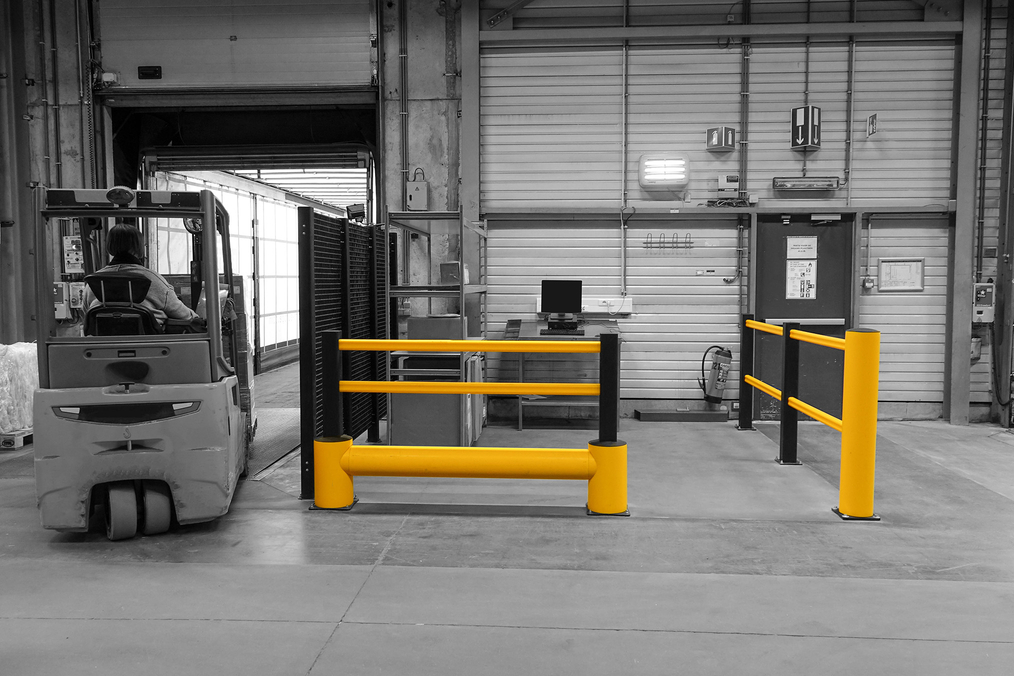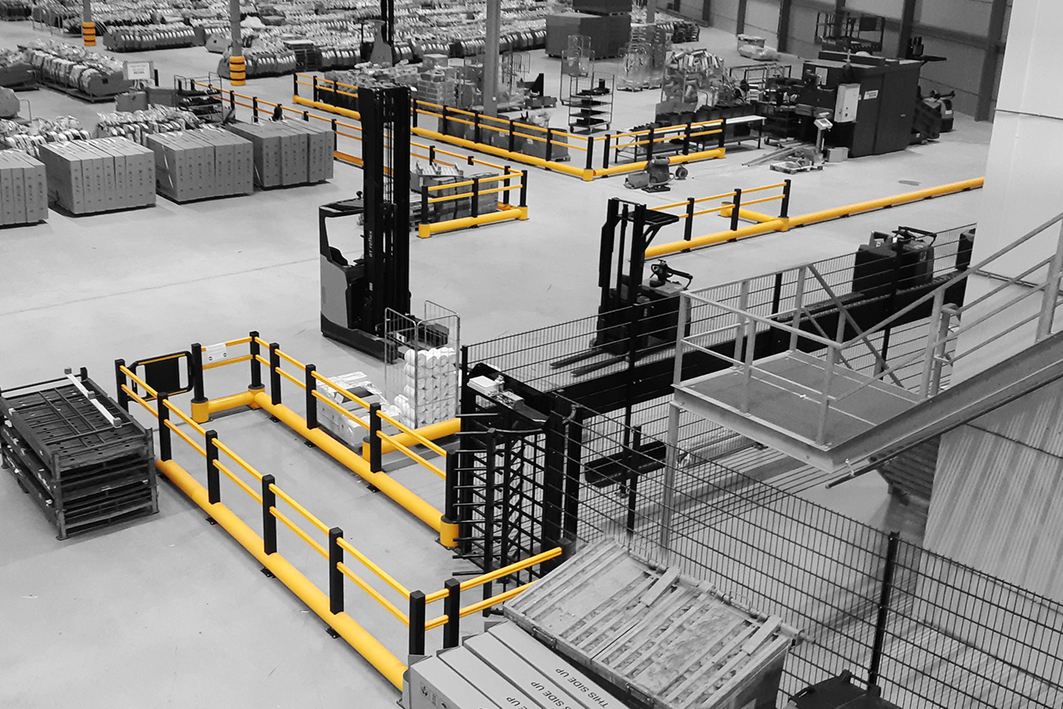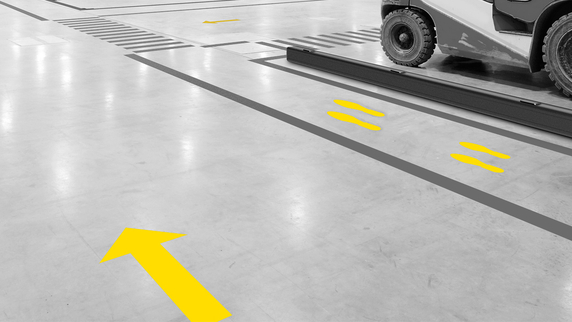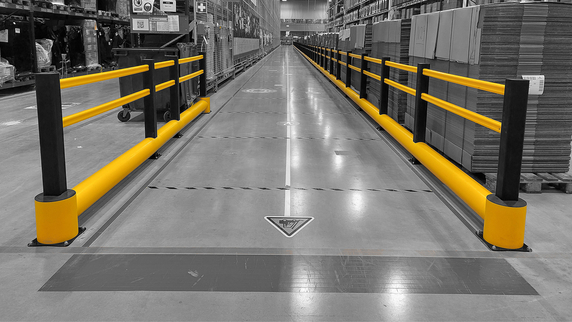How to improve workplace safety with a risk analysis
A risk analysis the first step toward creating a safe workplace. It is often carried out by the health and safety manager, though a general manager may take care of it if the company is small. This article tells you what a enterprise risk assessment is and how to use one to improve workplace safety.

Questions about creating a safety risk analysis
1. What is a risk analysis ?
A risk analysis is the first step in a risk management process and has three elements. The first is to identify what risks there are in a work environment. The second is to consider the likelihood of these risks actually becoming a reality, and the third is to estimate the consequences of the risks.
2. What is the aim of a risk analysis ?
A workplace risk analysis has one aim: to improve safety in the workplace. The risk analysis identifies what safety solutions are required to control risks in the workplace and prevent them from occurring (again) in the future.
3. What does a health risk assessment involve?
A health risk assessment has two components: analysis and assessment. The first step is to analyze the potential hazards and risks that may arise in the workplace. Examples include risks to workers when performing their duties, risks associated with the use of forklift trucks, etc. For each risk, the probability of occurrence is determined and the consequences are calculated.
Specific measures are then taken based on the analysis and evaluation stages:
- Preventive measures to avoid an accident or significantly reduce the likelihood of a hazardous situation occurring.
- Detection measures to determine the amount of damage after an accident.
- Mitigation measures to reduce the amount of damage if an accident occurs.
- Corrective measures to ensure a return to the state preceding the accident.
4. What are the methods for conducting a risk analysis ?
There are several methods to conduct a risk inventory and evaluation (RI&E), or enterprise risk assessment for short. They can be divided into two groups: participatory methods and quantitative methods. Participatory methods assess risks based on employee input. Quantitative methods translate risks into (financial) figures.
Two well-known risk analysis methods are the fishbone strategy and the what-if method. An example of the quantitative method is the Kinney method. All have their advantages and disadvantages. The risk analysis method chosen depends on the size and nature of the company for which the health and safety risk assessment is being prepared. The type of commodity also plays a role. For example, small companies may only require a "what-if" analysis, while larger companies may need a more in-depth analysis.
5. What happens after a risk analysis?
Once you have completed a risk analysis, the next logical step is to create a traffic plan. This is where you map the traffic flows in your workplace and identify the bottlenecks. Want to know more? Read our tips for creating a traffic plan here.


